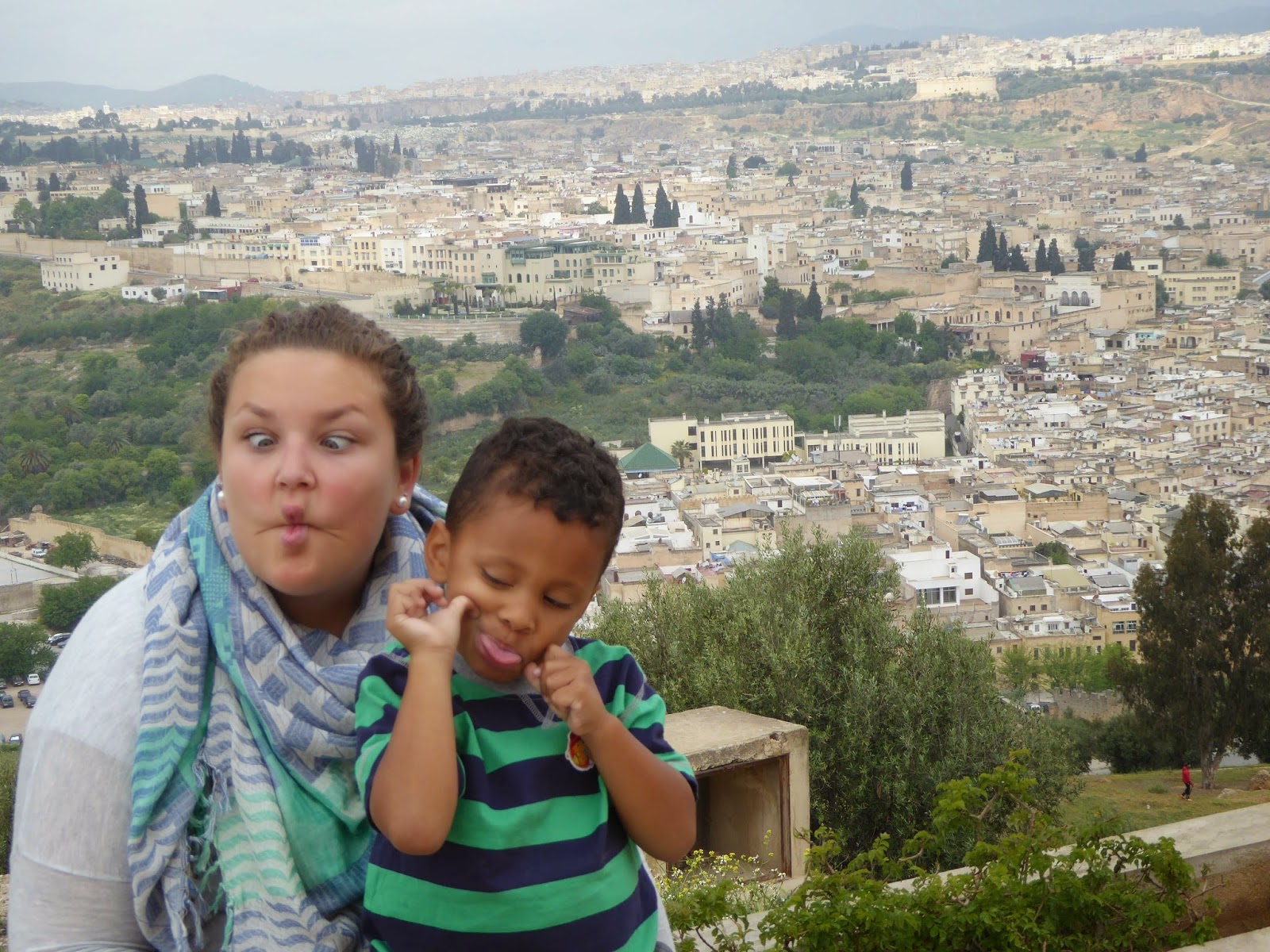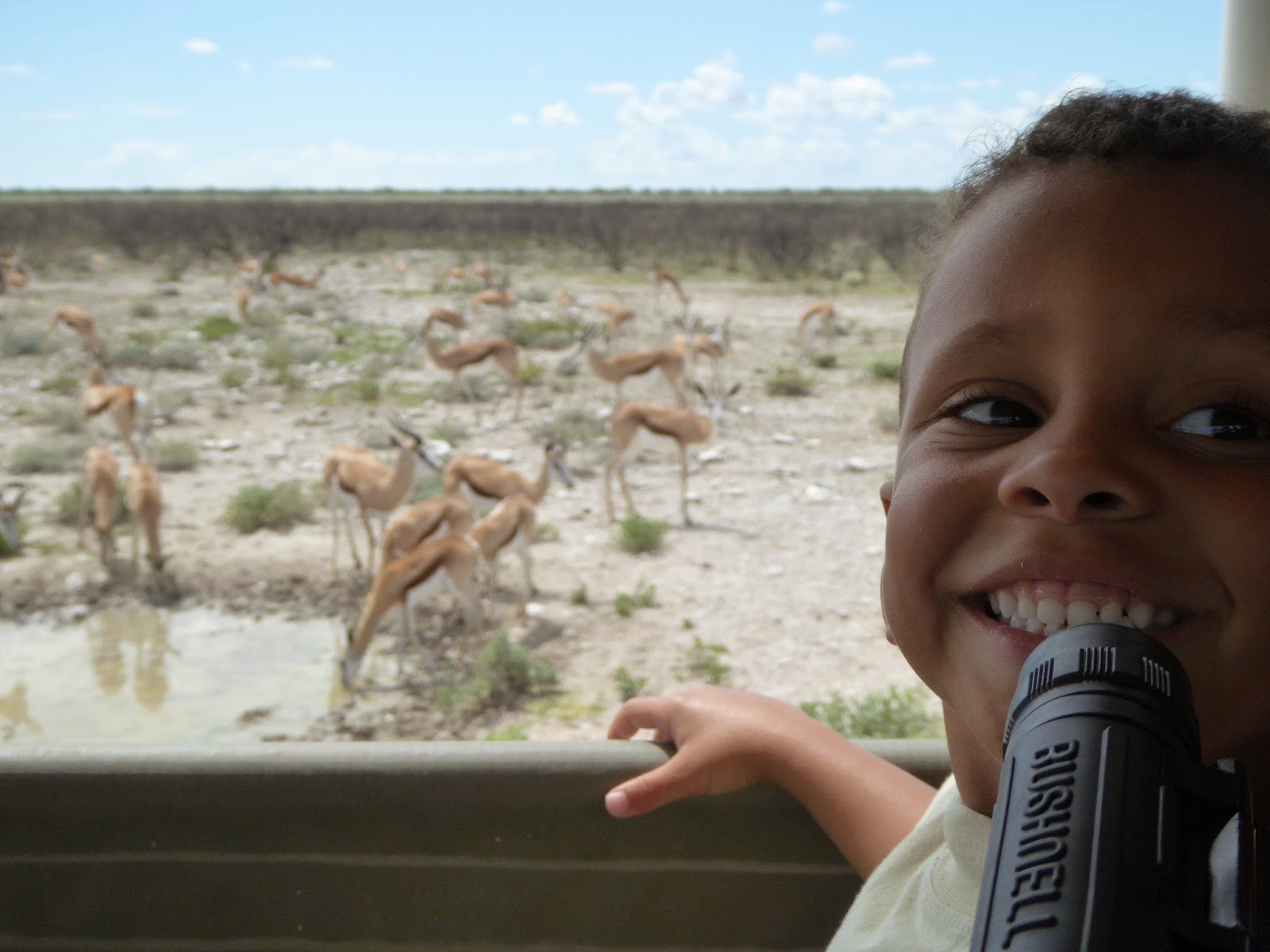In Fes
To my shame, I kept thinking our awesome guide Rami was referring to a place: “Now we are going to see the famous gate to the Medina in Sha-la.” Or perhaps (fitting the French heritage of Morocco) it was “in Charlat.” No. The phrase is Insha’ Allah, “God willing.” Insha’ Allah, we will meet a bit of the real Morocco. Insha’ Allah, we will have a break from this van ride soon. Insha’ Allah, we’ll make it back to the ship before it sails away. I’m writing this actually ON the van, three minutes from “ship time,” meaning three minutes before all voyagers are supposed to be back on the ship, and two hours and three minutes before the MV Explorer is set to sail. We’re about 35 kilometers away, plus rush-hour traffic time, so we shouldn’t have too much difficulty. Insha’Allah.
Morocco. Wow. On the doorstep of the West, we find the place that, in many ways, is most strange. To us, I mean, of course—us westerners, Christianity-steeped, pledged to “liberal” values (liberally defined), used to the clean, straight lines of the Gothic arch and relative co-mingling of the sexes. My ethnocentrism is showing. On the bus with me are, yeah, several Americans but also Noah’s best buddies, Nurul and Bernarda, two lovely and loving young women from Indonesia and Angola, respectively.
Bernarda, Nurul ("Noodle"), and Noah amid the stunning spring flowers
At least two Muslims, Nurul among them, are with us (Peri from Turkey being the other).
Peri and Noah
So what does it mean to say that Morocco is strange? The strange and the alien are theories of relativity. And I take any invitation to confront my ethnocentricity as a gift.
Truth is, I found myself intoxicated by Morocco. I would come back here in a heartbeat. Passing through the streets of Casablanca now, half the women are walking home in chadors and scarves, half in jeans and bare hair. A handcart piled high with fava beans passes in front of the van. Men wearing djelebas cruise by on mopeds (although most of the men—crowds of young ones walking together arm-in-arm—wear the official young-male-Arab uniform of jeans, athletic shoes, and futbol jersey). Now and then a donkey cart trots past. Here in Casablanca, things are relatively western. Up in Fes and Chefchouan and Meknes, I felt bodily dropped into another age and time. Fes was founded in the ninth century. Deep in the Medina, the twisty-laned market, Noah saw a reasonable facsimile of the life lived back then. Heavily laden donkeys pushed us aside, their owners shouting “attencion, attencion!” Butchers shooed flies away from the bloody lamb and chicken on their counters. Olives, raisins, sardines, gaudy-colored chadors, more olives, olive oil, nougats and honeyed sweets, mint, mint, mint, and olives, olives, olives.
I love olives, and I was in olive heaven. In the stunning mountainous country of northern Morocco, between the cities, hillside villages hold a peasantry that’s vanishing in Europe, the boys or be-robed elders herding goats, sheep, and cattle by the roadside. Off on the opposite hillside, there’s a berobed man riding a trail on (you guessed it) a donkey. We got to tour a country where people still routinely own—and use—donkeys. Man.
At a roadside souvenir stand
It was a wonderful trip, too much bus time notwithstanding. For Noah it was especially great. He had a great time with old buddies (Rachel and Robin)
Noah and Rachel (Rachel having shaved her head when we crossed the equator)
Robin and Noah
and newer ones (Nurul, aka Noodle) and Bernarda, along with lots of others. Like his parents, he was pretty amazed and a little overwhelmed by the medieval Medinas with their winding lanes (thank Allah we had a guide).
In the Medina in Tetuan
Noah playing video games (a new habit) in our gorgeous Chefchauen hotel room
There are no old cities like Moroccan old cities. The inner walled cities (the Medinas) are alive and kicking—mostly due to the living culture, which is thick, thick, thick all around you. It’s profoundly impressive. The aesthetic is magnificent, of course—all color and geometry. Islam has a strong anti-idolatry doctrine, rejecting depiction of the human face or figure, so the art is mosaic, wood carving, and play with abstract design.
Noah is becoming a photographer. He grabs the camera and does some pretty awesome stuff. All these are by Noah:
Our wonderful guide, Rami
Carving in the Madrasa in Fes
The Madrasa's bathing basin--you ritually cleanse before praying
Noah's portrait of Bernarda
Noah's portrait of Noodle
Noah's portrait of Susan
We visited the Roman ruins at Volubilis—one of the important western outposts of the Empire breadbasket.
Always the ham
Love among the ruins
--- + ---
Flash forward a week or so. Since I wrote the last, we have completed our voyage. (I’m writing this part from our B&B in Oxford.) We made it. As we rode at anchor in Portland Harbor, the most spectacular rainbow almost literally embraced the ship.
What a ridiculous crazy blessing. If you wrote a story with something like that for the ending, any respectable critic would have told you to cut out such improbable, sentimental claptrap. Allah knows better than critics, I guess.
I’m glad for the moment of the rainbow not only for us but for our beloved ship. The MV Explorer is no more. She has been sold, and her name will be changed. She carried many voyages of Semester at Sea—and served as the space for many tearful goodbyes once the voyages were over. Noah loved her with the pure love that children have. On first boarding the ship back in January, Noah danced through her the way he had seen students do on a video we’d watched many times on the SAS web page. Today as he was leaving he was held in a hundred embraces and returned every one heartily. Everyone on the ship was made so much bigger and better by virtue of sailing on the MV Explorer—Noah perhaps more than anyone else.
Well, may many more SAS trips bring such blessings to future students, faculty, staff, and crew. Insha’Allah.






















































